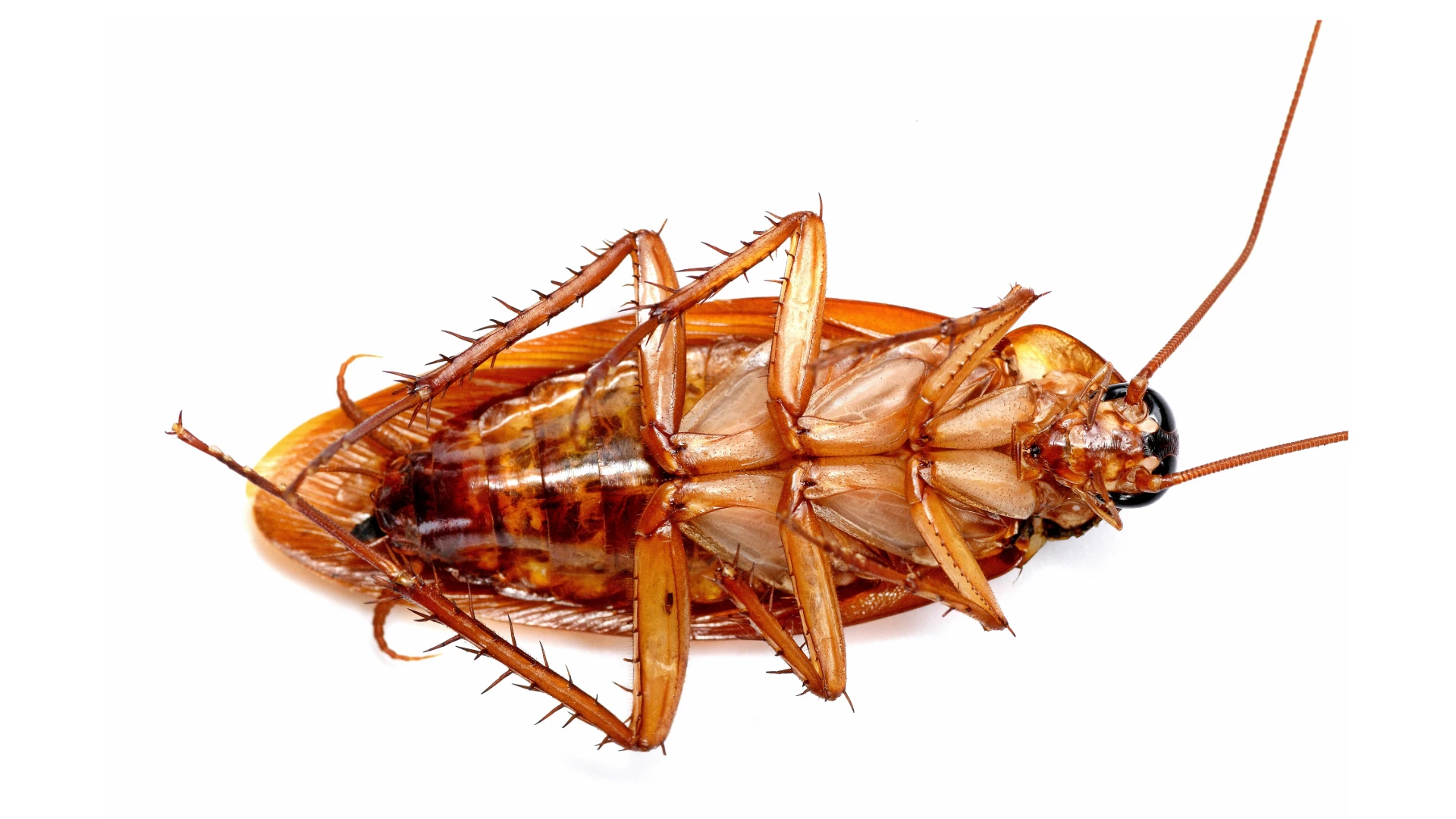"You cannot guarantee a white-footed ant job." This advice by PCOs was a challenge to me. Could it be proven wrong, and in fact be proven a Myth Conception?
Despite the fact that this particular species can apparently produce progeny as fast as we kill them, I had hoped to prove otherwise and to kill the nest by attrition, using a new ant bait. By using J.T. Eaton’s new Dr. Moss’s Liquid Ant Bait for four months, from December to April, I have made almost daily observations of feeding behavior of several of our most common ant species at 25 sites. These included Technomyrmex albipes, the white-footed ant; Solenopsis invicta, the fire ant; Tapinoma melano-cephalum, the ghost ant; Paratrechina longicornis, the crazy ant; and Camponotus floridanus, the carpenter ant.
I could not have done my research without the help and observations of two pest controllers in Century Village, a condominium complex in Deerfield Beach, Fla. The two pest management professionals are Kenny Steinlage, in charge of pest control for grounds in our 950-acre community, in addition to 3,035 apartments, and Shannon McAlister, in charge of pest control for Century Village’s 18-hole golf course. My observations, together with those of my two PCO colleagues, gave me a heightened respect for the lowly ant.
DELIVERY SYSTEM PROBLEMS. My biggest problem was with the delivery system for the liquid bait that I received from Stan Baker of J.T. Eaton & Co. First, I made 1¼- by 6-inch plastic pipes filled with a paper sponge that absorbed 1 ounce of the bait. To retard evaporation, it was sealed with a one-hole stopper. Success was limited because most of the bait was not available to feed enough foragers of a mature colony. Fire ants packed the tube with sand, enlarging their nest.
Later I tried J.T. Eaton’s experimental 3-ounce jar of Dr. Moss’s bait in gel form. It had eight small holes around the edge from which bait seeped out onto a flat plate or the soil. Later, Baker sent me an 8-ounce Helland liquid rodent bait dispenser. I modified it by closing the tiny drain opening so that a small amount of bait seeped out into the trough when tilted backward slightly. This reduced the area of bait exposed to air and allowed more ants to roam about in the trough. I taped a plastic shield to keep rain out and secured the station with a 6-inch spike.
OBSERVATIONS. These are some of my observations about my experiments:
1. The delivery system is as important as the bait. (J.T. Eaton is developing a different dispensing device that I hope to test.)
2. Several things may happen with the sweet liquid bait. First, it may be ignored for a short time or it can be accepted daily for many days (e.g., in one test the ants were still feeding after three weeks). Second, the bait could be passed by, unnoticed, if it is as little as ¼ inch off their beaten path. Eventually, however, a foraging ant will find the bait site and lead others to it.
3. Bait stations may need to be moved to new sites. Ants are a mobile, nomadic society. The entire ant colony can move overnight to nearby sites that have better resources. The ant is a moving target. Especially with multi-queen species, more frequent monitoring is desirable to change placement sites and to replenish bait stations. PCOs are urged to carry Stoy Hedges’ Field Guide for the Management of Structure-Infesting Ants to identify the specific species causing problems.
4. Absence of ant foragers could mean that the bait material has reached all repro-ductives and baiting was successful. Or, the absence of foragers could also mean the ants found a better source of food elsewhere. Even a drop in barometric pressure may have caused the ants to “stay home” that day. We should also be aware that if one satellite colony is destroyed, surviving satellites could re-populate and move back if conditions are conducive.
5. The experimental 3-ounce jar of J.T. Eaton’s bait or the modified Helland rodent bait container that I used both appeared to be successful in controlling several sites infested with fire ants, crazy ants, ghost ants, carpenter and white-footed ants. Half of the fire ant colonies on the golf course appeared to be dead within six days. I believe better results would have resulted on the other nests if two to four bait stations were placed around larger mounds.
A GOOD TEST. It’s a good idea to use the white-footed ant as a test case because it’s a worst case scenario species. Although it took seven weeks of baiting for the white-footed ants to leave a badly infested apartment in our complex, it should be noted that the product wiped out colonies of fire ants, ghost ants, carpenter ants and crazy ants in much shorter time. There are numerous reasons why white-footed ants represent such a challenge to PCOs:
1. A potential population of a million ants or more;
2. The early instars are fed with the ants’ own eggs; and,
3. We compete with an abundance of dead turf insects and insects on vegetation that produce sweet liquids. Perhaps with enough bait and enough patience we might win the war of attrition.
OTHER MEASURES NEEDED. PCO Kenny Steinlage says that most residents will not wait for a bait to work. He dusts the interior of structures with Drione, TriDie or similar products. He then circles the building placing drops of the bait at places conducive for ants. When he circles the building a second time, he places the bait stations at the active sites, prompting the ants to come out of the building and feed on exterior bait stations. By monitoring, changing sites or replenishing the bait stations, he says he may be able to eliminate white-footed ant populations.
While few PCOs in the United States are facing the scourge of the prolific white-footed ant, the procedure suggested by Steinlage might be very useful for PCOs who have the challenge of controlling ant infestations, particularly multiple-queen species, with baits on the perimeter before they enter the building.
Harry Katz may be contacted at 954/427-9716.

Explore the May 1999 Issue
Check out more from this issue and find your next story to read.
Latest from Pest Control Technology
- Lloyd Pest Control Treats 'Kitchen Nightmare' Cockroach Infestation
- Beach Pest Service Opens New Office in Hampstead, N.C.
- NYC PCO Growing Business with Focus on Corporate Clients
- Massey Services Promotes Silver, Crespo to Director Roles
- Recurring Services Model, Wildlife Offerings Lead to Impressive Growth for Tailor Made
- Shelters: Difficult to Manage
- NPMA Announces Recipients of 2025 Impact Awards
- Fleetio Expands Geotab Integration with Shop Network Add-In





